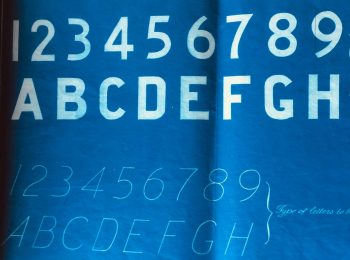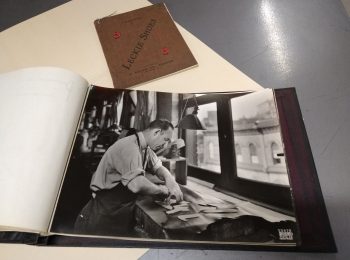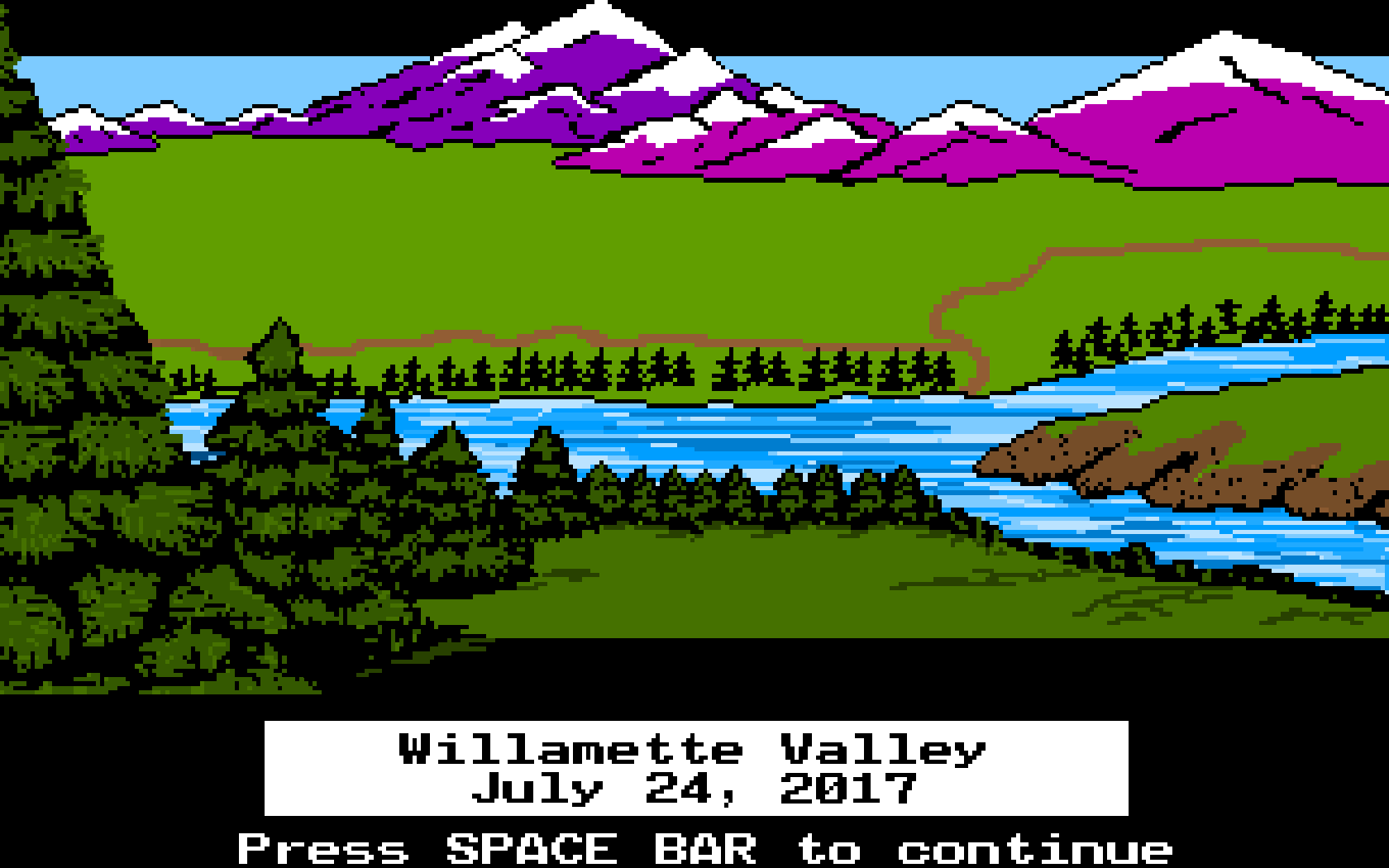I had the privilege earlier this year to present at the Association of Canadian Archivists annual conference, which was held this from June 1-4 in Montreal. This year’s conference theme was Future Proche, and (quoting the conference program) sought to “explore how archivists are responding to the needs and pressures of a technologically-driven society and how we are reacting to the demands of the ‘near future’.”

The program was particularly strong this year, and I attended many excellent sessions. Some of the sessions that stood out in particular were Innovative Application of Technologies, which looked at potential uses for digital forensics in archives work; Archiving the Web and Digital Media: Collaboration, Research and Access, which looked at strategies for preserving web content and the ways this type of content is used in research; and Technologie Proche: Envisioning the Archival Systems of Tomorrow with the Tools of Today, which discussed how emerging technologies from many disciplines might be applied to preservation of and access to archival material. The sessions were nicely bookended by Peter Van Garderen‘s keynote address that addressed how technology is changing archives, and Kate Theimer‘s closing plenary that mused on ways technological changes will affect the archival profession.
My session was delivered with other presenters from the University of Manitoba, University of Saskatchewan, and Simon Fraser University. Titled Making AtoM “Da Bomb”, it looked at recent improvements to AtoM, the open source archival description and access software used by us, and by ever-increasing numbers of archives in Canada and around the world. The session was designed to set aside over half the allotted time for audience interaction, and many good discussions emerged about the diverse use cases different institutions have, and potential direction for future AtoM development.
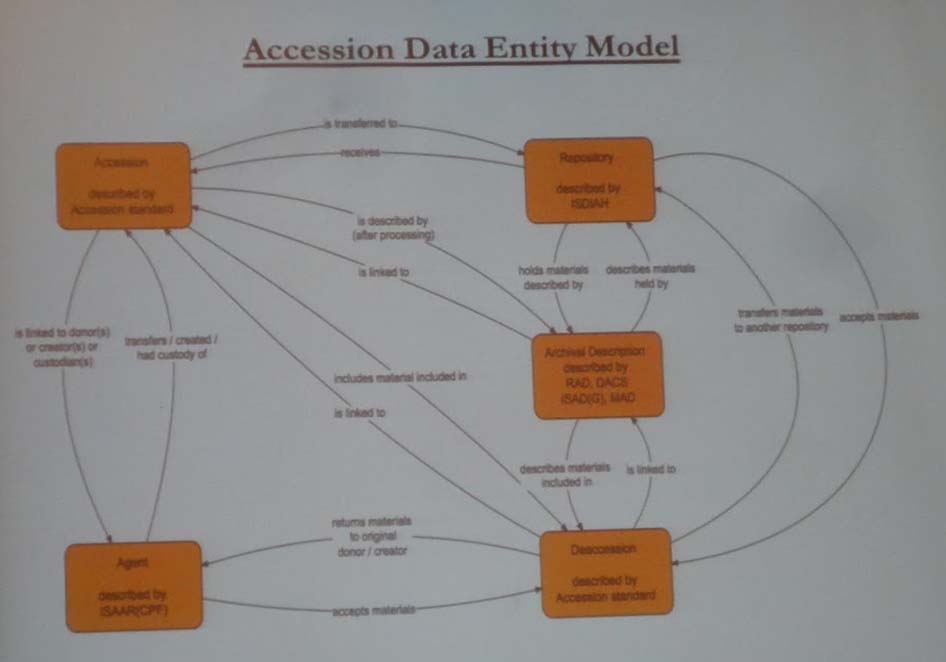
On the final day, the members of Canada’s National Archival Accession Standard Working Group presented an update on their work to develop a national accession standard – the first attempt to produce an archival accession standard anywhere. Their work to date is promising, and I think the Canadian archival community is looking forward to seeing an implementation of the proposed standard.
The day before the conference, I was also able to attend the Archives and Technology Unconference (TAATU), an pre-conference gathering that has been held since 2008, where archivists with an interest in technology and archives get together to discuss initiatives, projects and problems in an informal manner.
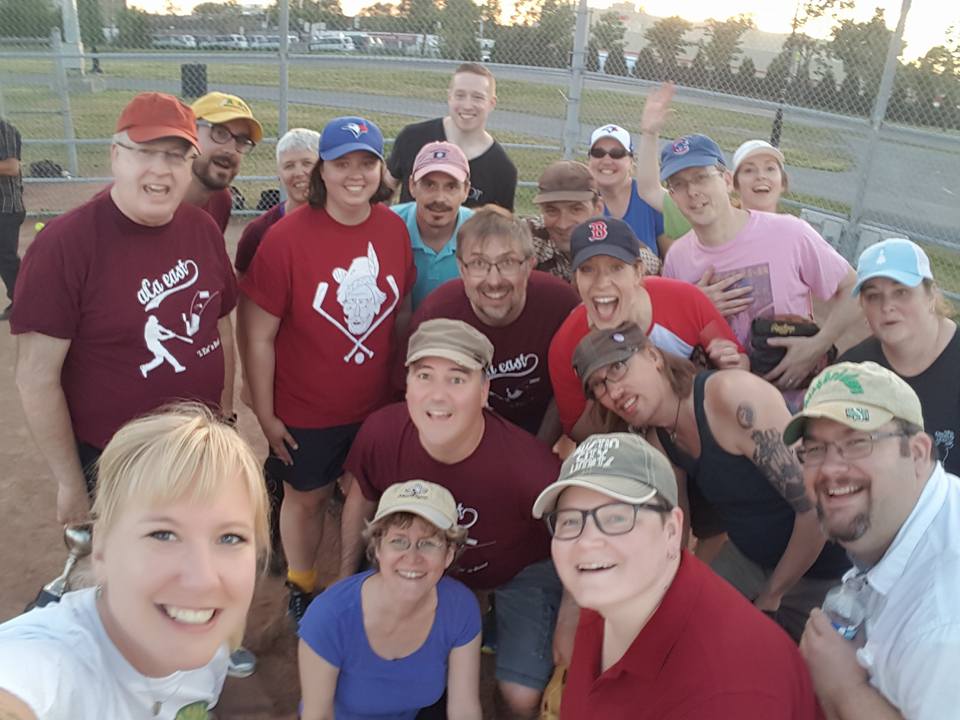
Of course, no ACA conference is complete without the annual East-West softball game, handily won this year by Team East. Congratulations and thank-you to the organizers for putting together a great conference.




